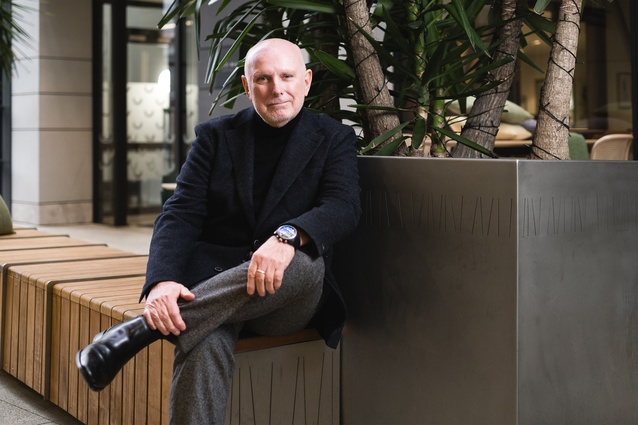Q&A with AIA Life Fellow Shane Thompson
With over 30 years of experience, Australian Institute of Architects Life Fellow and multi-award-winning Queensland architect Shane Thompson has taken up a new role as a Design Director at Ignite Architects. We talk to him about his journey thus far, his design inspirations and what advice he would give to up-and-coming architects.
You’re originally from Brisbane and have spent a large part of your career there. What inspired you to move to Christchurch?
It was down to a combination of personal and professional reasons. I was born in and educated near Brisbane, but I’ve always had a strong affinity with New Zealand. I have first cousins here who I am very close to and several friends and colleagues, who have lived or are living in Christchurch who speak fondly of the city and the Canterbury region.
I’ve been fortunate enough to travel extensively for international projects, living and working overseas. Now I’ve come to a point where I want new challenges, and to pursue a life outside a big city with a cooler climate — Christchurch ticked all the boxes for my wife and I. Being a rugby fanatic I’m lucky to have two teams to support now, the Crusaders and the Queensland Reds.
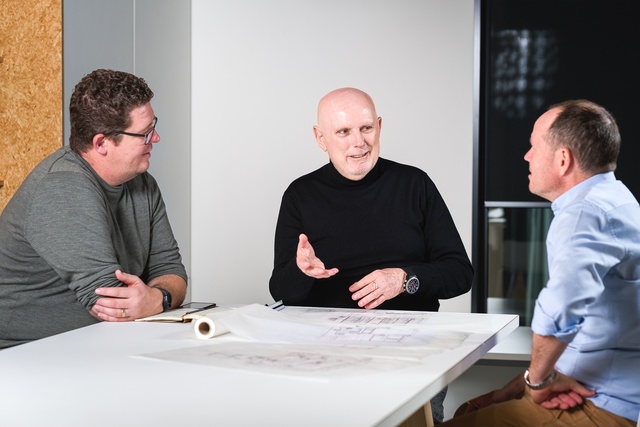
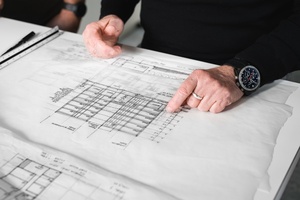
What attracted you to the Design Director position at Ignite, in particular?
After some research and a few discussions with key leaders, I found Ignite to be a significant practice in New Zealand with great people and a collaborative culture that resonates with me strongly. I’ve always referred to myself as a commercial architect, even though a lot of my work has been in public architecture. I appreciate that there are commercial drivers behind every project: user experience, the longevity of buildings and a strong client focus, and I can see these values embedded in Ignite.
I enjoy being based in a smaller office, but part of a larger organisation with design opportunities across Australasia. I’m fortunate to have been embraced by the principals at Ignite Architects.
You were awarded a Life Fellowship for the AIA. What led to this achievement?
There was a period of my life where I invested beyond my own individual career, particularly the growth of BVN from 20 people to one of Australia’s largest design-led practices.
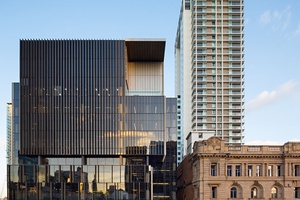
Early in my career, I saw that clients had the perception of great designers often being primadonnas, without enough respect for the clients’ programme. Along with the other principals at BVN, we developed a practice that offered excellent design but with respectful, well-managed delivery. We went on to be benchmark leaders in the profession and consistently won Best Places to Work awards along with design notability.
Seeing the need for change in the architectural profession, in terms of new tech and a changing social-cultural landscape, I also became highly engaged with several external organisations. This included leadership roles with the AIA, Creative Director of the National Conference and positions in government and universities to advocate good design, gender equity, alternative career pathways and helping found the Australian Green Development Forum.
Extensive publication and awards for my work and my role as a lecturer and regular conference speaker have also enabled me to expand my network and meet some wonderful professionals along the way.
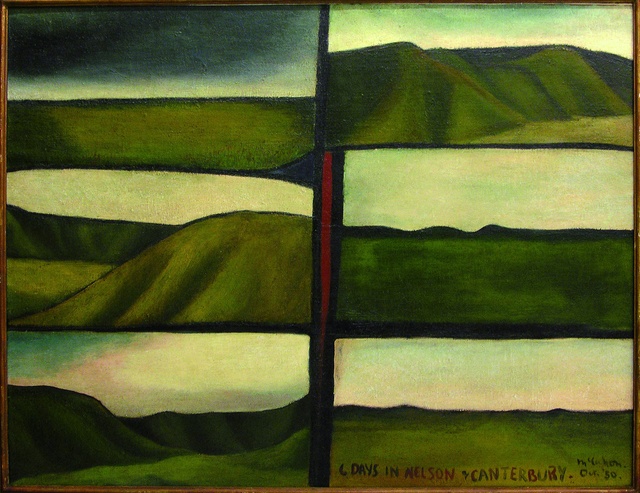
I can see you have a passion for the arts. Could you name your favourite artist or anyone who has had a particular influence on your work?

My favourite is a Queensland artist who I knew personally, Tom Risley. He has sadly passed away, but his character and practice were a significant influence on me.
Internationally, I’m an admirer of UK artist Peter Lanyon. I visited St Ives in Cornwall where he lived and experienced the landscape that influenced his work, along with his art in the Tate and other galleries. I appreciate the visual power of all artists who interpret the landscape, not only as a physical object but its larger character. Another artist whose work I admire is the prominent New Zealand artist Colin McCahon who focused on symbolic landscapes.
I’m a collector of contemporary art and a painter myself, having held several exhibitions in Australia. A lot of my work is semi-abstract, abstract, landscape or interiors focused. All my paintings come from my sketchbooks, which I carry with me wherever I go. I take time off to do intense periods of painting.
Do you have a favourite architectural design in New Zealand?
The quality of design work in New Zealand is very high, and I believe it deserves a lot more international recognition than it’s received.
I have particularly admired the work of Andrew Patterson, his house for Michael Hill at Arrowtown is astounding in its response to such a powerful landscape, and the work of the late Rewi Thompson, whose own house is imbued with a strong sense of place and Māori cultural influences.
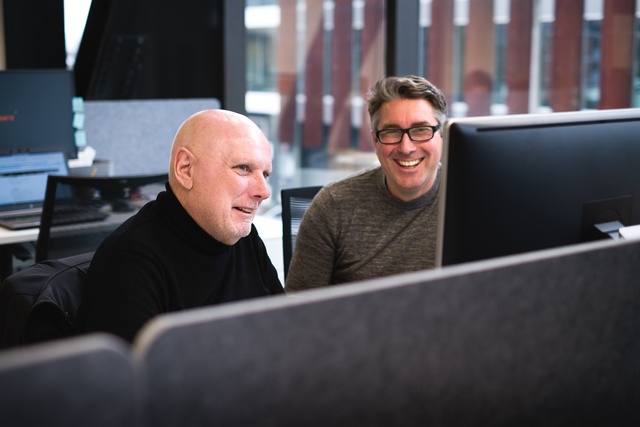
If you could pass on one piece of advice to budding architects, what would it be?
Travel. It’s the best advice for any young person. It puts you outside your comfort zone, travel is never smooth. You’re exposed to different cultures and languages and are sometimes forced into periods of solitude which is good for reflection and finding your way in the world.
For architects, travel enriches our visual culture, our spatial and placemaking knowledge, our understanding and experience of materials, and ways of building. It adds dimensions to your professional capabilities that cannot be done in any other way. You can’t help but be on an architectural tour — ask the partner of any architect, they’ll tell you it drives them crazy. We don’t watch the road closely enough because we’re too busy looking out of the window!

